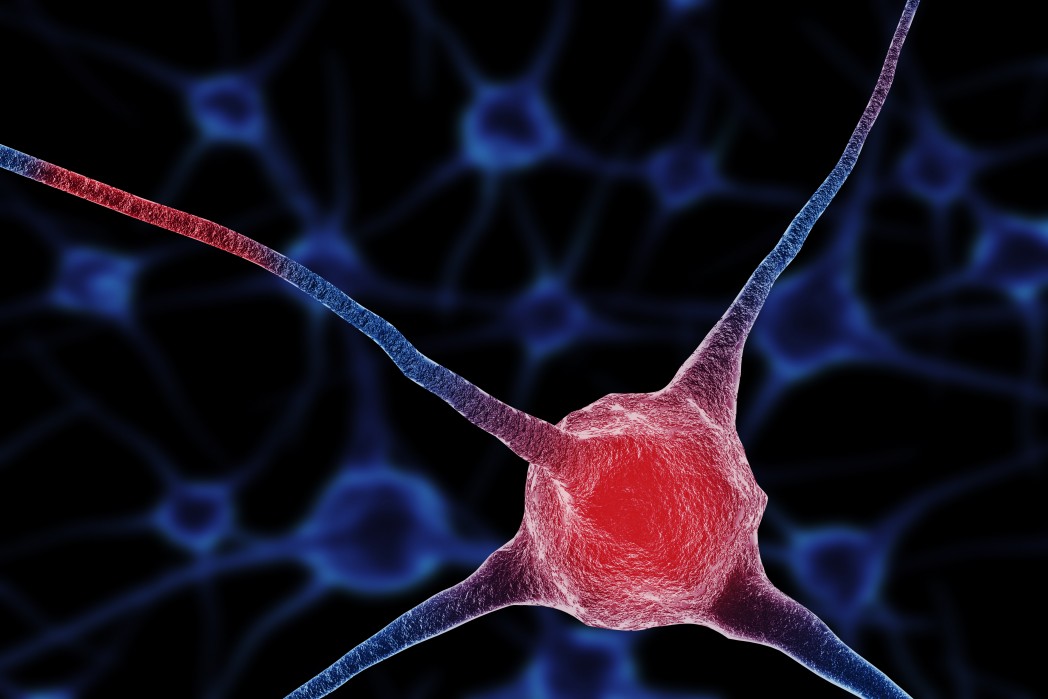ALS Severity, Duration May Be Linked to Glutamate Toxicity

The ratio of N-acetyl aspartate (NAA) to glutamate is related to disease duration in patients with amyotrophic lateral sclerosis (ALS), a finding that supports the notion of glutamate toxicity as a contributing factor in ALS pathology.
Earlier studies have indicated that the neurotransmitter glutamate is involved in ALS. People with sporadic ALS have elevated levels of the metabolite in their cerebrospinal fluid, and a mouse model of ALS lacking a receptor for the neurotransmitter has shown increased survival rates.
The study, titled “The ratio of N-acetyl aspartate to glutamate correlates with disease duration of amyotrophic lateral sclerosis“ and published in the Journal of Clinical Neurosciences, explored whether glutamate in the primary motor cortex contributes to disease severity or duration.
The team measured the levels of glutamate, along with the metabolites NAA, creatine, choline, inositol, and glutamine — with the help of magnetic resonance spectroscopy (MRS) — in 17 patients with ALS. The patients were divided into subgroups, according to the El Escorial criteria, for suspected, possible, probable, or definite ALS. The team then performed partial correlation analyses between each metabolite concentration or the NAA/glutamate ratio and disease severity or duration, adjusting the analyses for age. [MRS is a method that allows for assessment of metabolites in the human brain, and has previously been used to show alterations in the levels of glutamate and related neurotransmitters GABA and glutamine in ALS patients.]
Authors found a correlation between the NAA/glutamate ratio and disease duration. Surprisingly, this effect was seen in all the subgroups, and when the researchers removed the two patients classified as suspected from the analysis, they arrived at a similar result. None of the other metabolites showed any associations to disease severity or duration.
The study suggests that the NAA/glutamate ratio could be used as a biomarker to assess disease progression and be useful for future clinical trials of disease-modifying therapies. The authors also believe that glutamate neurons may be less vulnerable to the effects of the disease and hence relatively spared in ALS.
However, the study has some limitations. For instance, MRS does not distinguish between metabolite located in neurons compared to other cells. The study also did not compare the metabolite levels in ALS patients to healthy individuals. More research is needed to confirm these findings.






